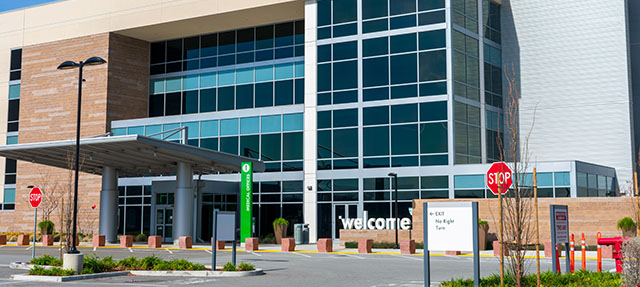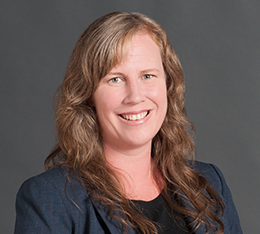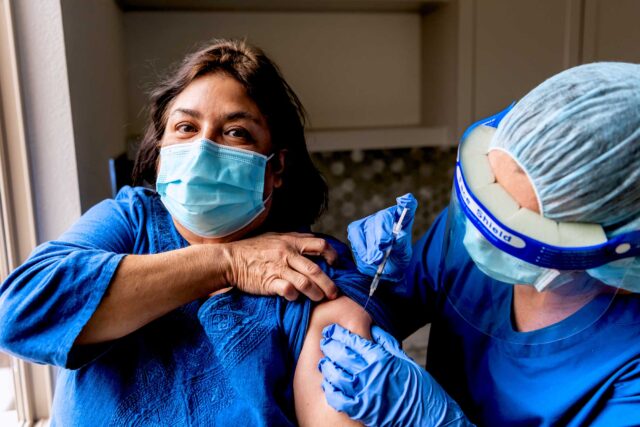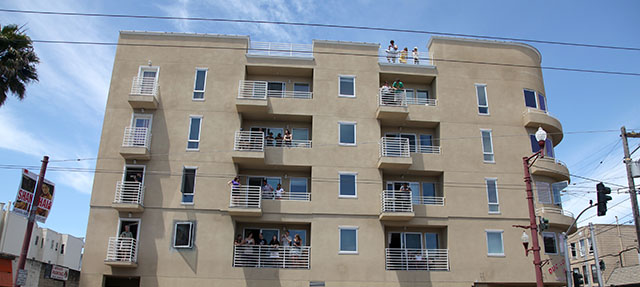Earlier this week, Governor Newsom issued state guidelines to pull back on re-opening because of rising hospitalizations throughout the state. For the last several weeks, COVID-related hospitalizations have increased substantially after several months of either flat or declining rates. Even more worrisome, virus-related deaths are revealing the heavy burden that the pandemic is placing on California’s Latino community.
Although hospitalizations are rising in every region, the Bay Area and Sacramento have far fewer residents hospitalized relative to their population compared to the San Joaquin Valley and Southern California.
The San Joaquin Valley appears particularly vulnerable given the dramatic rise in COVID-related hospitalizations over the past month. This is particularly concerning given that the San Joaquin region has less hospital capacity per capita relative to other regions in the state and also has a larger share of Latino residents—a group that is being particularly hard hit by the pandemic.
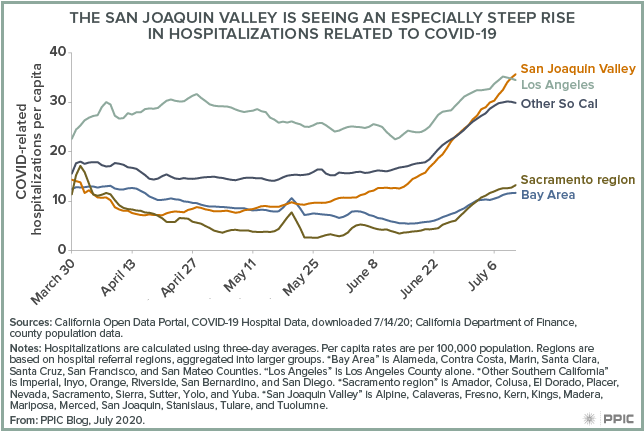
Statewide statistics suggest Latinos represent a disproportionate share of COVID-19 cases, although race/ethnicity information is missing for more than a third of all cases. Looking at COVID-related deaths provides a more complete measure for assessing equity concerns—only 2% of data on deaths statewide is missing information on race/ethnicity. That data paints a stark picture for Latinos in California.
The most recent statewide data show that Latinos are being disproportionately killed by the virus, particularly in younger age groups. Large disparities for African Americans in COVID-19 deaths also raise concerns, but are concentrated among older age groups.
Statewide, Latinos make up 44% of COVID-related deaths but only 36% of Californians over age 18. (There are no COVID-related deaths in California under age 18.) But this masks much larger disparities, especially among younger Latinos. Most striking, of the nearly 1,200 Californians ages 50–64 who have died from the virus, nearly two-thirds are Latino— even though Latinos comprise less than one-third of Californians in this age group.
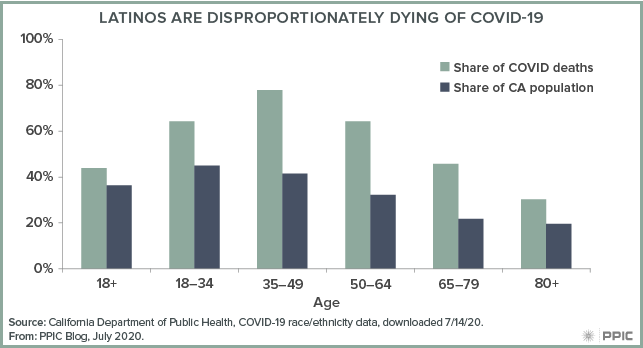
The surge of hospitalizations in the San Joaquin Valley and Southern California could exacerbate these disparities given the higher shares of Latinos who live in these areas relative to other regions in the state. And while COVID-related deaths have started to increase statewide, spikes in deaths often lag increased hospitalizations by several weeks, suggesting California could be facing surges in COVID-related deaths in the coming weeks.
Clearly more needs to be done to support California’s Latino communities to get tested, be able to socially isolate and quarantine, and perform contact tracing as needed. Overcrowded housing and higher shares of essential workers makes that difficult, as do low-income levels.
More importantly, it is imperative that timely access to needed medical care is available to all Californians regardless of health coverage. Latinos, particularly those that are noncitizens, continue to have much higher uninsured rates. And while the federal CARES act allocated funding to support COVID-19 treatment for the uninsured, it is not clear how those funds are supporting California’s safety net providers who provide the bulk for care to those that lack coverage. An increased focus on these providers will be essential to a successful fight against the COVID-19 virus.

